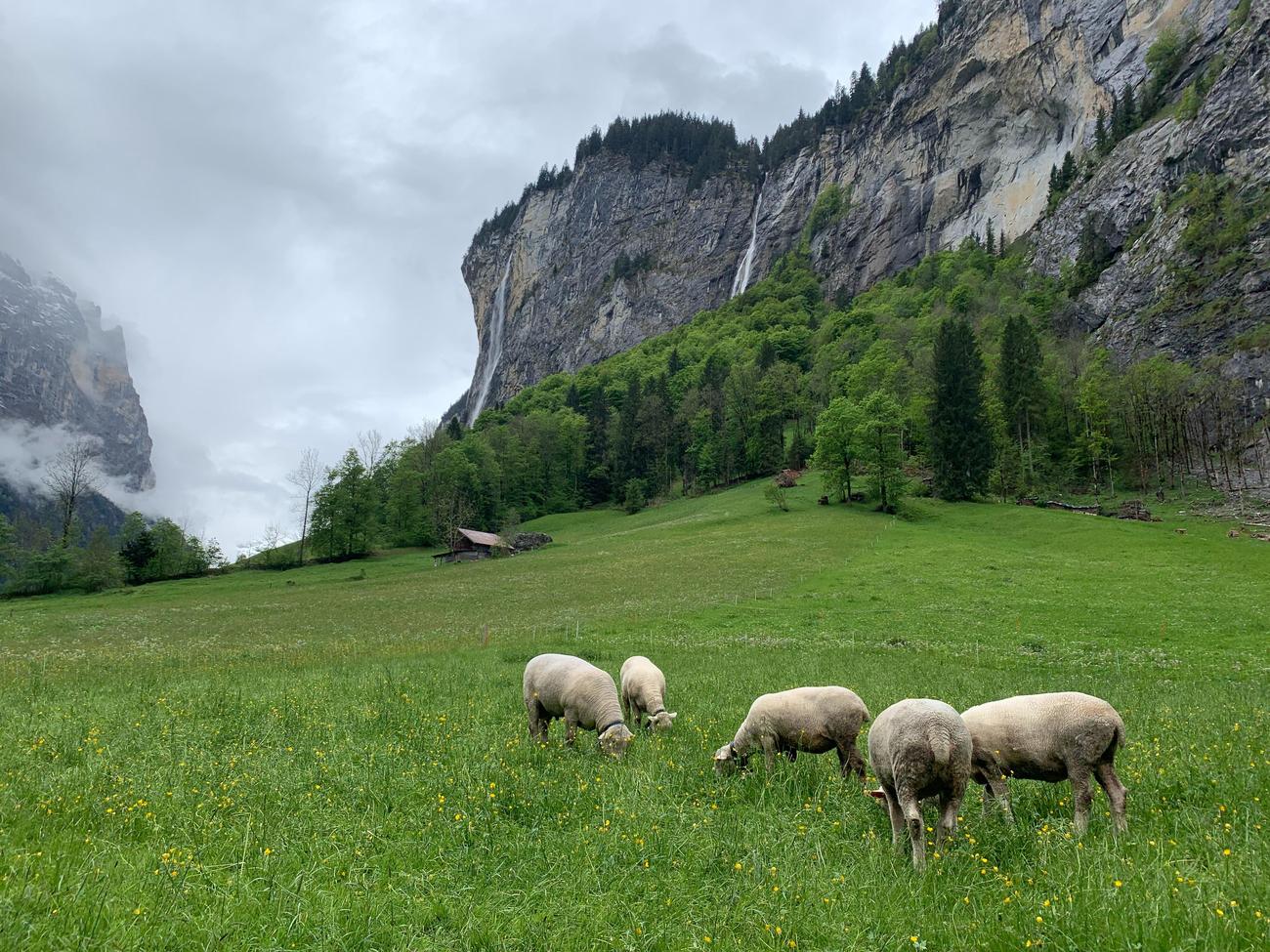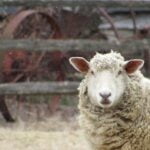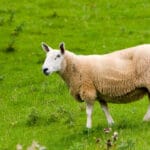Welcome to “Sheep vs. Lambs: Unraveling the Distinctions,” where we delve into the fascinating world of ovine species and shed light on the age-old question – what is the difference between a sheep and a lamb? As an experienced zoologist specializing in animal husbandry, I have dedicated years to studying and understanding the intricacies of these magnificent creatures. In this article, we will explore the subtle nuances and distinct characteristics that set sheep and lambs apart, enabling you to gain a deeper insight into these fascinating animals. So, let’s embark on this captivating journey to unravel the distinctions between sheep and lambs.
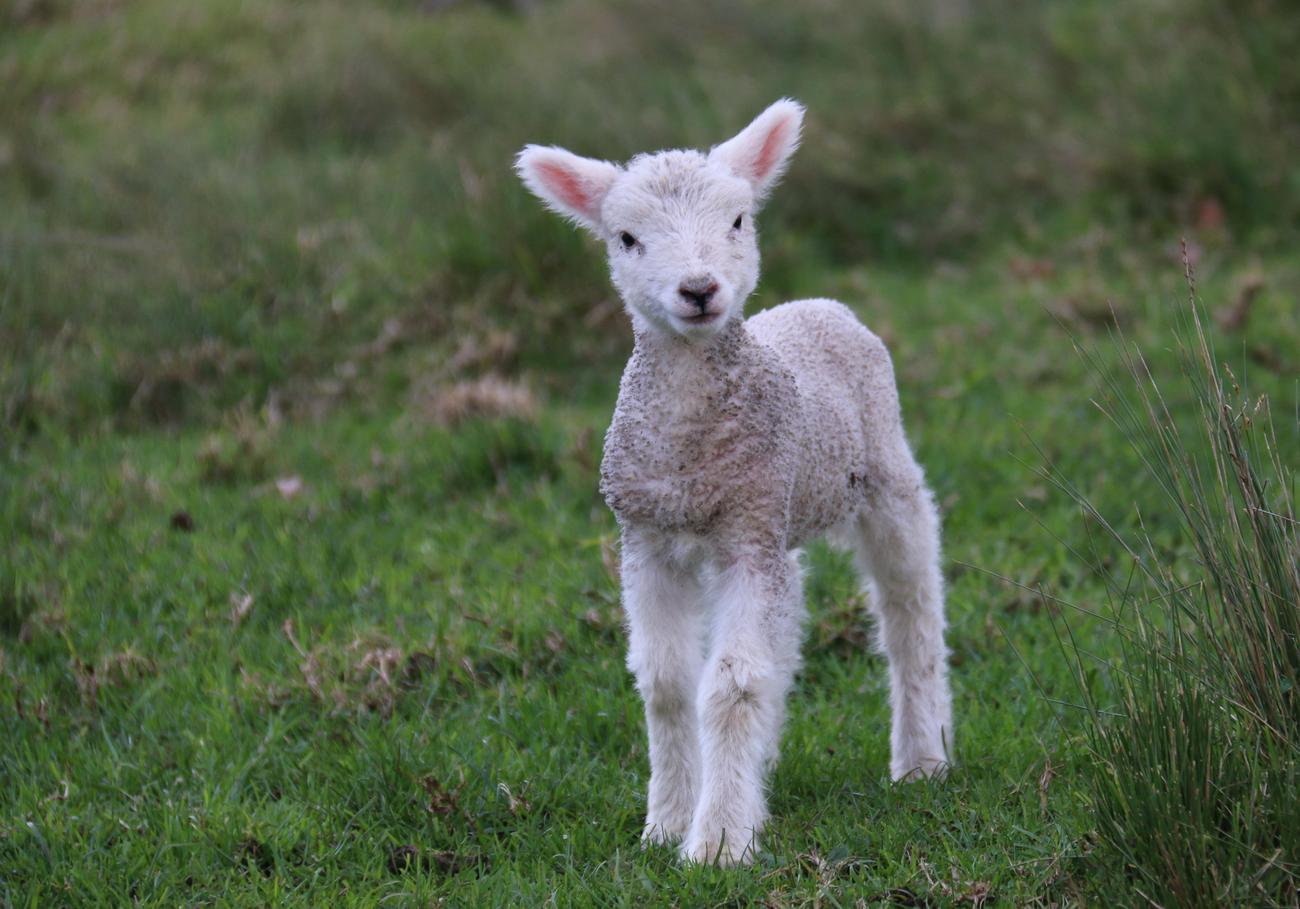
What is the difference between a sheep and a lamb?
When it comes to the world of ovine animals, it’s important to understand the differences between sheep and lambs. These adorable creatures may seem similar at first glance, but as an experienced zoologist specializing in animal husbandry, I have come to appreciate the subtle nuances that set them apart. Allow me to unravel the distinctions between sheep and lambs, shedding light on their characteristics, size, wool, taste, and more.
Size Matters:
Size is one of the key distinguishing factors between sheep and lambs. Lambs are the baby counterpart of sheep, typically less than 1 year old and have not yet reached adulthood. Once a lamb reaches the age of 1, it officially becomes a sheep. In terms of size, lambs are about half the height of adult sheep. Picture a scaled-down version of the majestic adult sheep, and you have yourself a lamb.
Luxurious Wool and Softness:
Now, let’s dive into the realm of wool. Lambs, with their youthful innocence, possess softer and more luxurious wool compared to adult sheep. It’s akin to comparing the delicate touch of a baby’s skin to that of an adult. So, if you’re in search of the softest and most velvety wool, lambs are your go-to choice. As lambs grow older and transform into sheep, their wool gradually matures and becomes coarser in texture.
“Lambs boast softer and more luxurious wool compared to that of their adult counterparts, making them a prime choice for anyone seeking the ultimate in softness.”
Taste Test: Lamb vs. Mutton:
When it comes to culinary preferences, the difference in taste between lamb and sheep is where things get interesting. Lamb meat is known for its tenderness and delicate flavor, making it a popular choice for many culinary dishes. On the other hand, meat obtained from adult sheep, which is commonly referred to as mutton, has a gamier taste and is tougher in texture. So, whether you prefer the subtle and tender notes of lamb or the robust and distinct flavors of mutton, your taste buds are in for a treat.
“Lamb, with its tender and delicate flavor, is a delectable option for those who crave a more subtle taste experience. Meanwhile, mutton packs a gamier punch, offering a more robust and distinctive flavor profile.”
Spring Sprouts Lambs:
Did you know that lambs are typically born in the springtime? It’s during this season of new beginnings that adorable little lambs make their remarkable entrance into the world. As they grow and thrive, lambs begin to develop their adult wool coats after approximately six months. From fluffy bundles of joy in the spring, they quickly transform into woolly wonders.
In conclusion, the difference between sheep and lambs lies in their size, wool, and taste. Lambs are the youthful predecessors of sheep, being smaller in stature and boasting incredibly soft and luxurious wool. When it comes to taste, lamb meat offers tenderness and delicate flavors, while mutton, derived from adult sheep, has a gamier taste and is tougher in texture. So, whether you’re marveling at the adorable lambs bouncing through the fields in spring or savoring a delectable lamb dish, appreciating the distinctions between sheep and lambs adds depth and understanding to these fascinating creatures.
“Understanding the subtle differences between sheep and lambs adds depth and appreciation to these incredible ovine creatures.”
Sheep are fascinating creatures with a rich history and unique characteristics. If you’re curious about these woolly wonders, then you’ll definitely want to check out some interesting facts about sheep. From their penchant for grazing to their incredible ability to navigate complex landscapes, sheep have some truly amazing qualities. Discover more about these charming animals by clicking here: facts about sheep. Don’t miss out on this opportunity to expand your knowledge and delve into the world of these remarkable creatures!
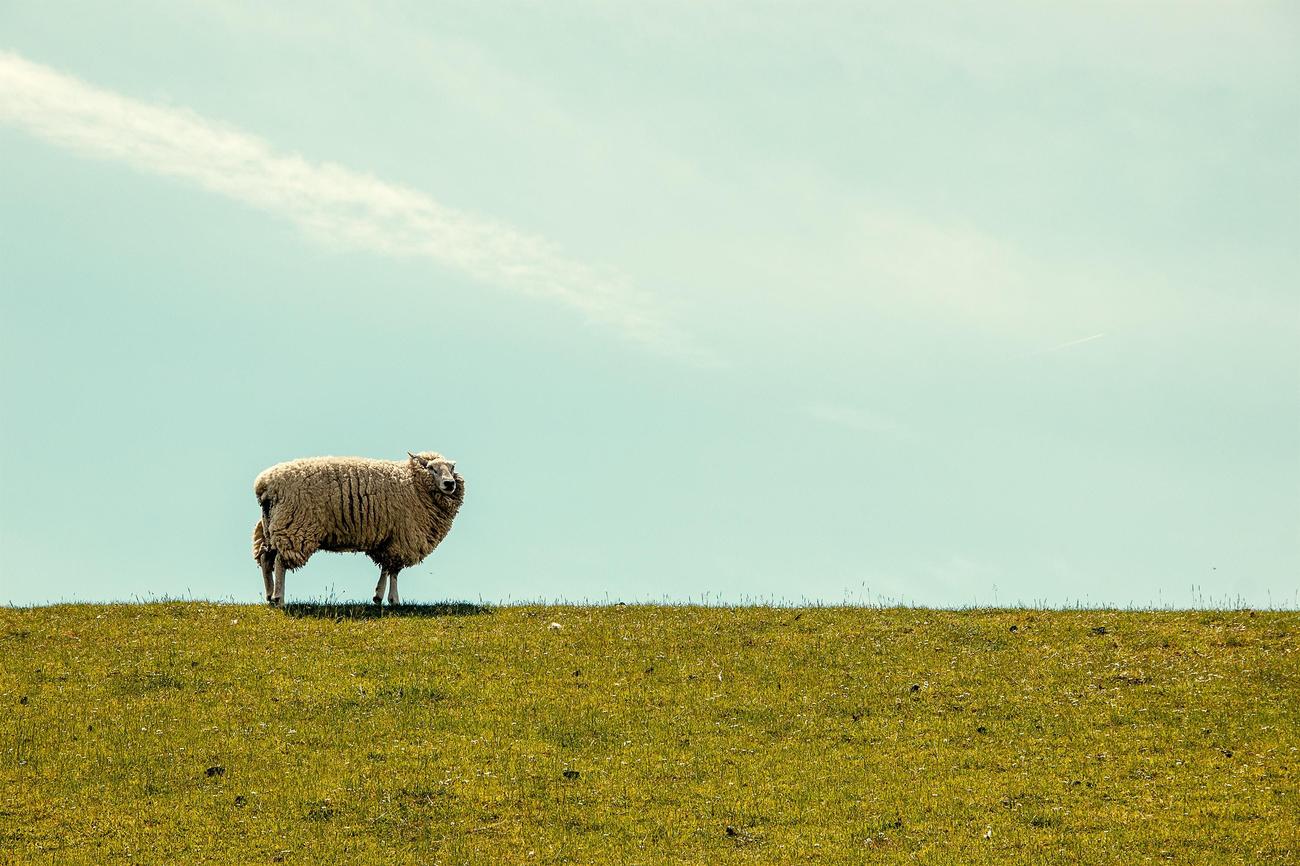
FAQ
Q: What is the difference between a sheep and a lamb?
A: The main difference between a sheep and a lamb is their age and stage of development. A lamb is a baby sheep that is typically less than 1 year old and has not yet reached adulthood. Once a lamb reaches the age of 1, it becomes a sheep.
Q: How can I distinguish between a sheep and a lamb?
A: One way to distinguish between a sheep and a lamb is by their size. Lambs are about half the height of adult sheep. Additionally, lambs generally have softer and more luxurious wool compared to sheep.
Q: Are there any taste differences between lamb meat and sheep meat?
A: Yes, there are taste differences between lamb meat and sheep meat. Lamb meat is known for being tender and having a delicate flavor. On the other hand, meat from sheep, which is known as mutton, is tougher and has a gamier taste.
Q: When do lambs start growing their adult wool coats?
A: Lambs typically start growing their adult wool coats after about six months of age. It is common for lambs to be born in the springtime.
Q: Can you provide additional sources for more information on sheep and lambs?
A: Sure! Here are some additional sources where you can find more information on sheep and lambs:
1. wikihow.com
2. outdoorhappens.com
3. petkeen.com
4. dairyfarminghut.com
5. grammar.collinsdictionary.com
